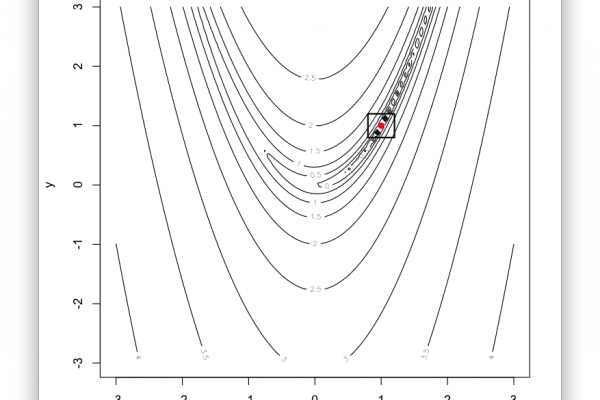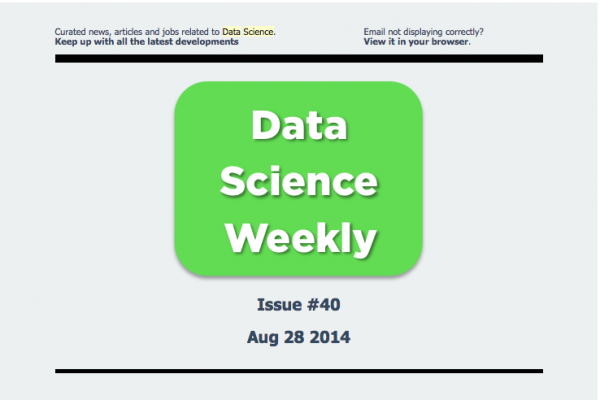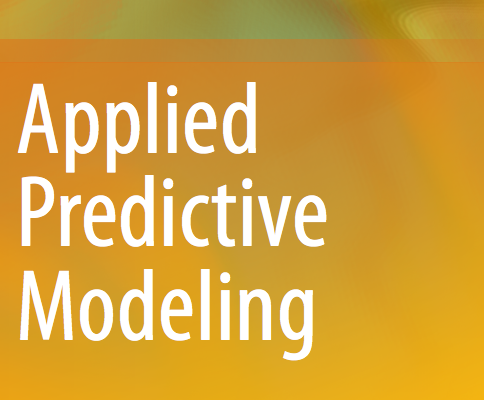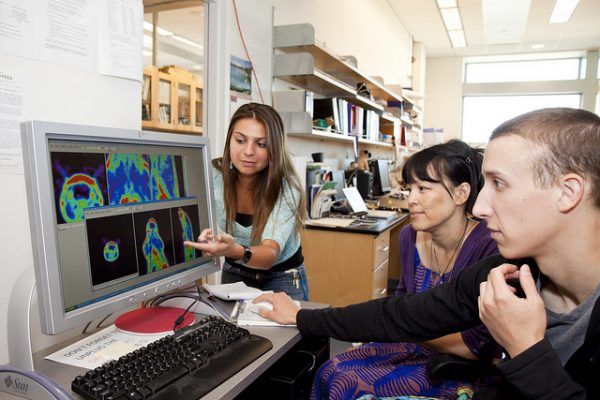Master Kaggle By Competing Consistently
Last Updated on June 7, 2016 How do you get good at Kaggle competitions? It is a common question I get asked. The best advice for getting started and getting good is to consistently participate in competitions. You cannot help but get better at machine learning. A recent post by Triskelion titled “Reflecting back on one year of Kaggle contests” bares this out. He started out as a machine learning beginner and finished up as a “master” level Kaggle competitor […]
Read more








